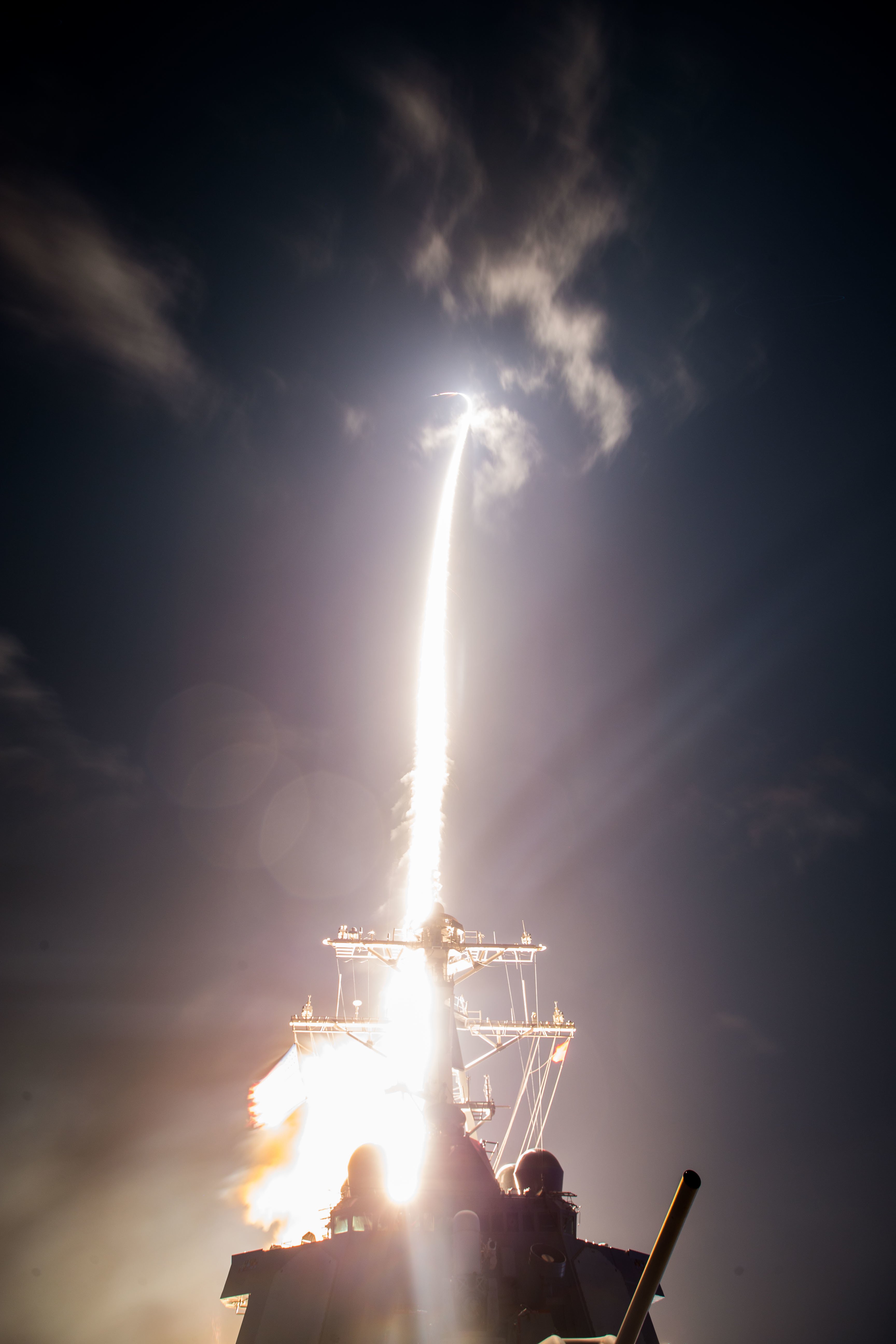
WASHINGTON, D.C. — The Aegis ballistic missile defense program is making steady improvements on both Navy ships and the Aegis Ashore system being installed as part of the enhanced European defense initiative, the director of the Missile Defense Agency said on Wednesday.
In testimony to the House Armed Services strategic forces subcommittee, Vice Adm. James Syring said the fiscal 2018 defense budget would provide $624 million for the Aegis BMD programs. That would provide for increases in the Standard Missile 3 and SM-6 interceptors, continued upgrades to the Aegis BMD systems aboard Navy ships and tests that should lead to production decisions on the enhanced SM-3 Block IB and IIA missiles.
Planned tests also should lead to operational decisions on a new Ship-based Terminal defense capability using upgraded SM-6 missiles to protect ships from anti-ship missiles and to extend a layered defense for forces ashore, Syring said in his prepared testimony.
Syring said the Navy should have 36 Aegis BMD-equipped warships operational by the end of fiscal 2018 and 167 SM-3 IB missiles on hand.
He noted that the first Aegis Ashore site in Romania is now operational and the second site in Poland will become operational in 2018.
Syring said testing has shown the SM-3 IIB missile, being developed in cooperation with Japan, may be ready for production decisions within the next year.
Much of the open hearing was consumed with discussion of the national missile defense system, with Syring opening his testimony with a video of the successful May 30 interception of an intercontinental-range missile by a Ground-Based Midcourse Defense interceptor launched from California.
The admiral said that test defeated the “longest-range, highest-altitude target” ever by a GMD interceptor. He also countered a statement from a committee member that the interception was not a realistic test of the challenge the nation would face from an actual ICBM fired by North Korea.
The test scenario “was an exact replica of the situation we would face if North Korea launched a missile,” he said.
He said he did not know what kind of message the successful test would send to North Korean dictator Kim Jung-un, but said it should send a message to the American people that they can defend them.
But he added, the missile defense system is not finished. “We are on a journey,” he said.
Asked by subcommittee chairman Mike Rogers to assess how the missile defense program was compared to the growing threat, Syring said, “we are not confidently ahead of the threat.” Although the program was “addressing the threat as it is,” he said recent events “cause me concern,” referring to North Korea’s continued testing of ballistic missiles with greater capabilities.
“We must assume that North Korea can reach us with a ballistic missile,” and must do everything possible to meet that threat, he said.
Syring said the current budget would allow completion of the planned expansion of the BMD system to 44 interceptors by the end of this year.




